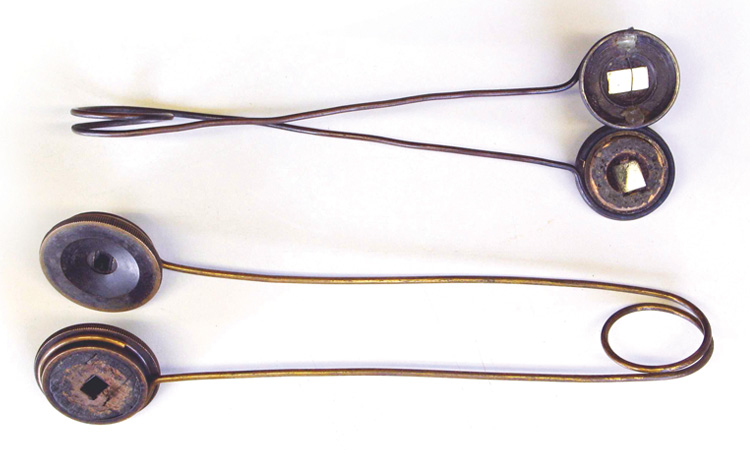Light Touch
Raphael’s Tourmaline Tongs
Stephen R. Wilk tells the story of a historical optical tool with a peculiar name.
 19th-century tourmaline tweezers from the UNIL-EPFL Collection of scientific instruments. [J.-F. Loude; CC BY NC 4.0]
19th-century tourmaline tweezers from the UNIL-EPFL Collection of scientific instruments. [J.-F. Loude; CC BY NC 4.0]
Chapter 6, verses 5 to 7 of the biblical Book of Isaiah tells of a vision by the book’s title character, in which he objected that he could not be a prophet because he had “unclean lips.” At this, an unnamed angel—later identified with the archangel Raphael—took a glowing coal from the altar of sacrifice with a pair of tongs and used it to cleanse Isaiah’s lips, rendering them clean and meet for prophecy.
…Log in or become a member to view the full text of this article.
This article may be available for purchase via the search at Optica Publishing Group.
Optica Members get the full text of Optics & Photonics News, plus a variety of other member benefits.
